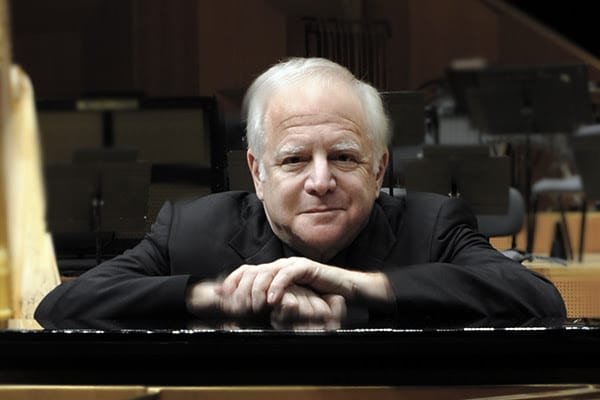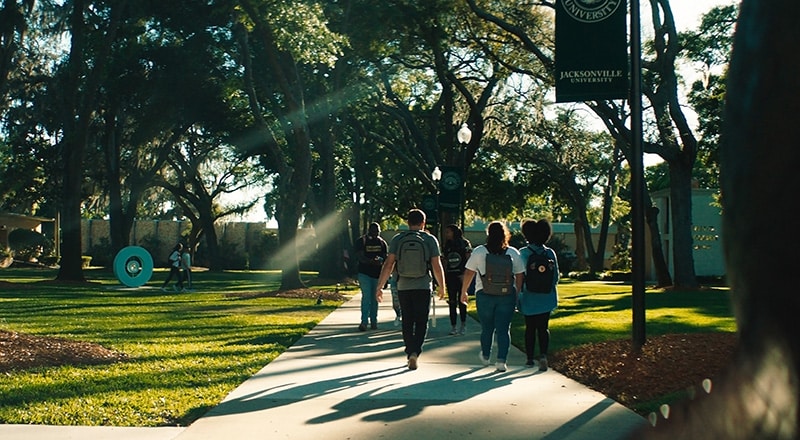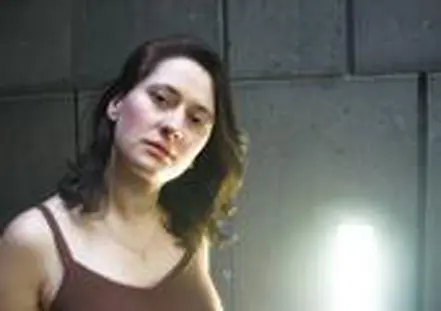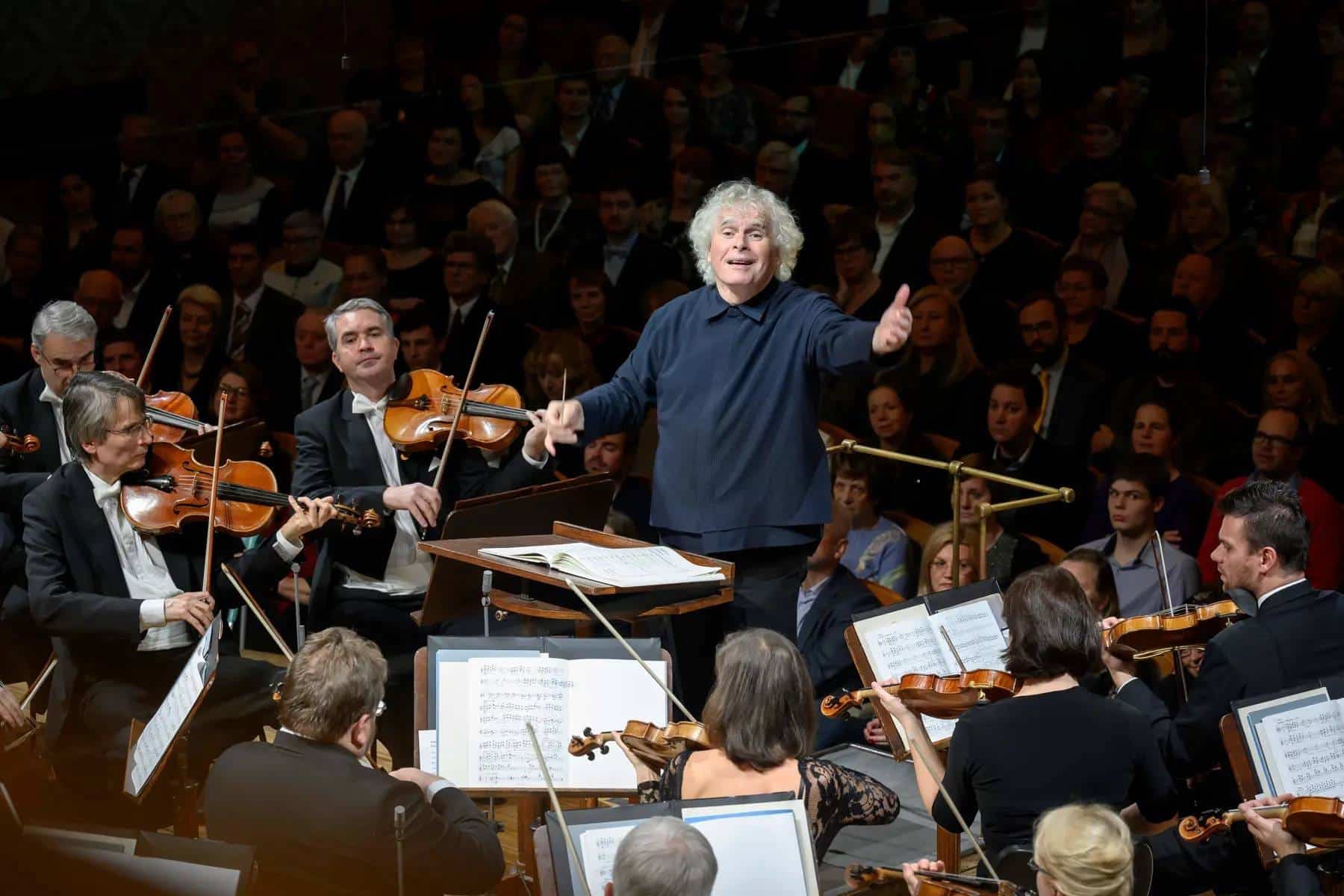Leonard Slatkin: How can we play Haydn with distanced strings
mainFrom a new essay by the former Detroit Symphony music director:
… Almost every time I have conducted a Haydn symphony, for example, when we get to the repeat in the first movement, there is inevitably a page turn immediately followed by a continuation of the violin part and sometimes all the other instruments. That is why we have two people on a stand in the string section, a practice that has been in place for a couple centuries. One has to stop playing and then quickly and adroitly negotiate turning the page so all will go smoothly.
But without stand partners to perform this action, the music will simply have to stop. There is no way around that, is there? Well, maybe there is. …
Read on here.

This is the first caveat from a leading conductor on the new normal. Your views?





Comments